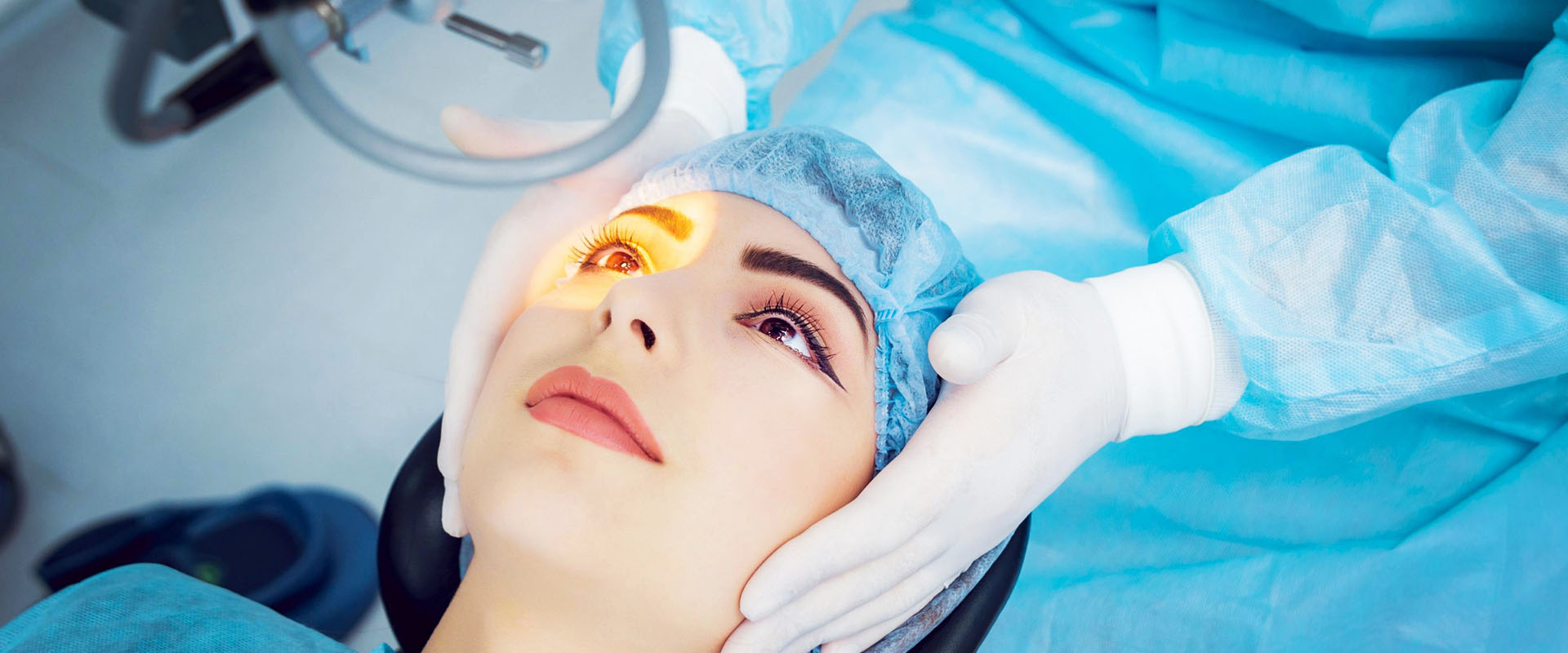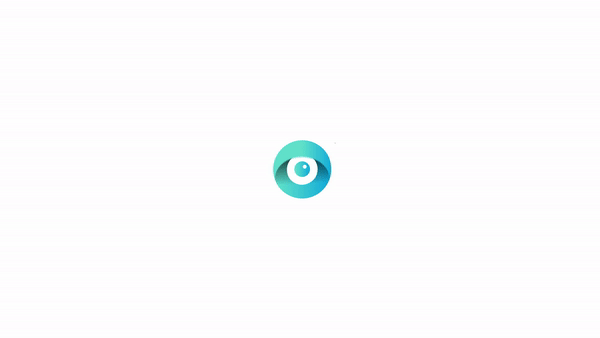
Cataract Care
You don’t need to look far for cataract and refractive surgery in Hyderabad.
Best Vision Eye Clinic offers experience and expertise in state-of-the-art facilities.
A clouding or loss of transparency of the lens in the eye as a result of tissue breakdown and protein clumping. There are many causes of cataracts, including aging, cortisone medication, trauma, diabetes, and other diseases. Cataracts affect most people who live into old age. Symptoms include double or blurred vision and sensitivity to light and glare. An Ophthalmologist can diagnose cataracts by examining the eyes with Slit Lamp and various other diagnostic equipment, and suggest the best treatment possible. Cataract that occurs due to the aging process cannot be prevented as the aging process itself cannot be prevented. Reading & similar activities have no role to play in cataract formation. Till date, as per all authentic medical research, there is no medication available which can prevent or cure a cataract. The only known treatment for cataract is surgery.
1000 +
Cataract Surgeries
- PhacoEmulsification
- FEMTO Laser Cataract Surgeries
- Micro Incision Cataract Surgery (MICS)
1000 +
Intraocular Lenses (IOLs)
- Multifocal
- Accommodative
- Toric
Treatment For Cataract
Once you are diagnosed for cataract, the surgeon advises the best modality of the treatment. There are various technologies in cataract surgeries which are PhacoEmulsification, Micro Incision Cataract Surgery (MICS), Bladeless Cataract Surgeries (FEMTO), and Robotic Cataract Surgeries. There are various choices of Intraocular Lenses (IOLs), and your surgeon will recommend the best IOL for your best vision outcome. Cataract surgery can be performed as soon as the patient feels handicapped in performing routine activities at work and leisure. With modern microsurgical techniques of stitchless cataract surgery (phacoemulsification) it is not necessary to wait for the cataract to mature. It is one of the oldest, safest and most successful forms of surgery. It requires a very short hospital stay and is generally performed under local or topical anesthesia. The patient is awake during surgery but does not feel any discomfort or pain. Patients are ambulatory immediately after surgery and are normally discharged within a few hours. However, if required the patients can be admitted for a day. The eye operation is performed with the help of a sophisticated operating microscope. A small incision of 2-2.8 mm is made. A circular opening is fashioned in the front portion of the lens capsule. The cloudy lens material within the lens capsule is then removed through the same incision by the procedure of phacoemulsification using a thin titanium probe, which emits high-speed ultrasound waves. This liquefies the cataract, which is then sucked out of the eye through the same probe. Finally, a foldable intraocular lens (IOL) is introduced through the small incision, and placed within the capsule of the lens where it unfolds and stays in place securely. Small & micro incisions such as those used in phacoemulsification seal themselves immediately after surgery and heal very quickly. Compared to non-phaco cataract surgery, the post-operative rehabilitation for stitch-less phacoemulsification is faster and one can return to normal work and activities within a few days. This is currently the most effective method for removing cataracts. The hospital has top of the line equipment, experienced surgeons and apt technology to customise treatment for patients needing cataract surgery.
100 +
Equipments
- Biometry: To calculate the precise power of the lens to be implanted.
- Modern Phacoemulsification Units
- Nd Yag Laser – for treatment of after cataract
- Fully equipped ophthalmic operation theatres
- Wide range of Intraocular lenses, Endocapsular ring and Scleral fixated IOL's

